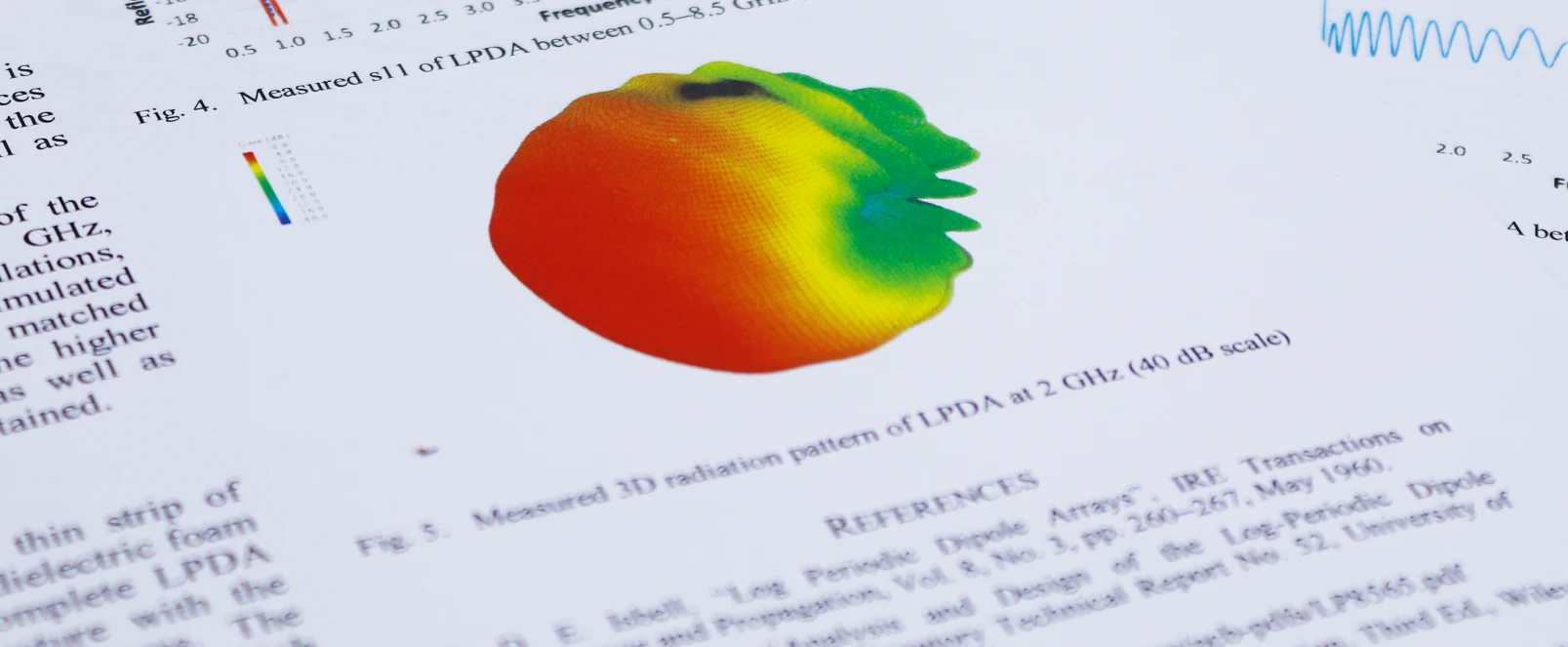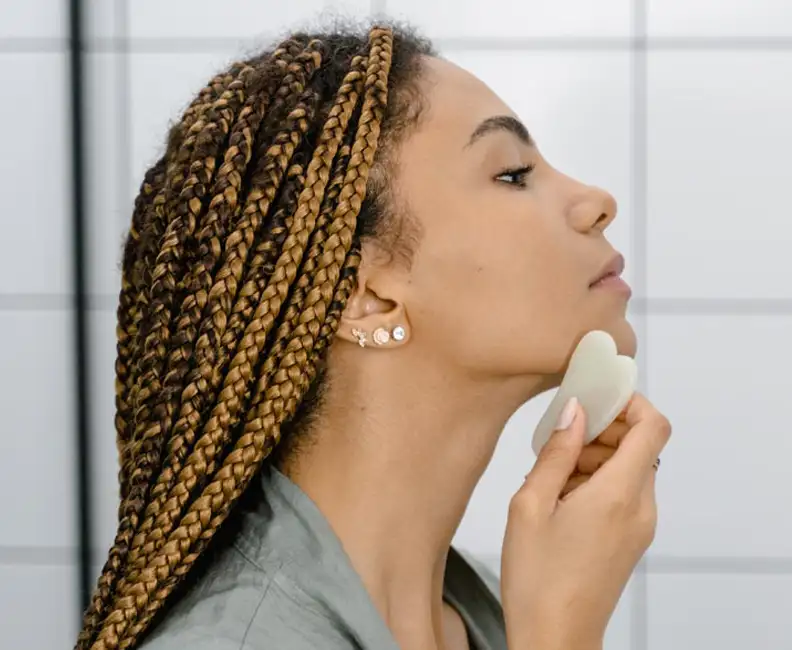The Challenge
Kimberly-Clark is a multinational personal care company that manufactures sanitary paper products including Kleenex facial tissue, Andrex toilet paper and Huggies disposable diapers and baby wipes.
Its EMEA Family Care division recognised a more disruptive sustainability approach was required to meet its 2030 Corporate goals, especially with respect to Scope 3 Carbon emissions. In particular it identified a paradox it would need to resolve:
How could it reduce material use per occasion while improving the consumer experience and driving business growth?
Our Approach
We worked together to define the team’s key questions and screened dozens of peer companies from outside its industry with a mix of products, geographies, cultures and sustainability experiences.
From these we identified a shortlist from which Kimberly-Clark felt it could learn the most and arranged eight virtual meetings with corporate innovation and sustainability leaders at these international consumer product businesses.
Through these meetings we’ve talked with more than twenty senior leaders on a broad range of sustainability and innovation topics driven by Kimberly-Clark’s learning objectives.
Our Impact
Following the meetings and supported by our own team’s experience and complementary research we distilled the key conclusions and developed an updated strategy and action plan to meet its 2030 Corporate Goals.
Kimberly-Clark EMEA Family Care now has the tools required to build a strategy for transformational sustainability. Key learnings gained through the process are being reapplied in its business to reduce the use of materials, persuade consumers to change behaviour and drive these business changes internally.
It was incredibly helpful to speak with other companies about their experience of going through sustainability transformations – especially as we discussed how they overcame complex challenges and secured alignment amongst a diverse array of stakeholders. It was very inspiring and motivating to everyone on our team, empowering us to drive change faster as we deliver Kimberly-Clark’s purpose of Better Care for a Better World.
R&D Director
Kimberly-Clark
















































